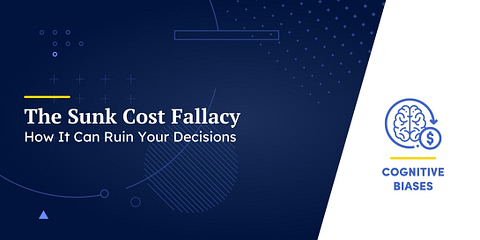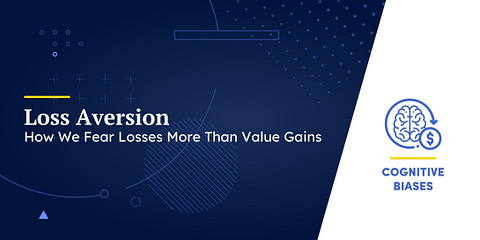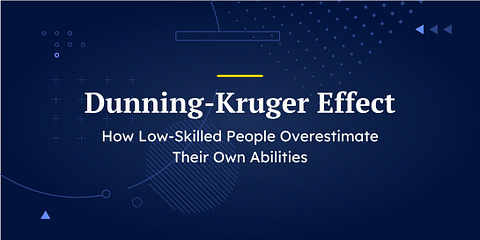Anchoring is a cognitive bias that describes the human tendency to overly rely on the first piece of information we find or is offered to us.
It is also known as “focalism”: The initial piece of information, such as a value or a certain trait, provides a focal point for our later decisions.
Anchoring can be both useful and harmful to individuals. For example, it can cause us to buy overpriced products because we “anchored” our judgment around the price that was first presented to us. On the other hand, it also helps us make quick, reasonably accurate estimates whenever needed.
As such, taking the time to learn how and when this tendency influences your decision-making can be useful to almost anyone; it can help you make better and more effective decisions in the future.
What Is Anchoring?
⚓️ Anchoring is the tendency to put disproportionate weight on the initial piece of information (the “anchor”) that is provided to us during decision-making. Consequently, the set anchor causes individuals affected by it to make subsequent decisions based on it.
Daniel Kahneman, the Nobel-prize winning economist, also explained this phenomenon in his best-selling book Thinking, Fast And Slow:
It [anchoring effect] occurs when people consider a particular value for an unknown quantity before estimating that quantity. What happens is one of the most reliable and robust results of experimental psychology: the estimates stay close to the number that people considered—hence the image of an anchor.
Effects
We use anchoring frequently and in a wide variety of decision-making situations: Whether we need to decide which product to buy, assess the level of our own happiness, mark the grades of our students, or guess what year Mahatma Gandhi was born, we tend to do it by using a certain value or piece of information as an “anchor”.
However, perhaps its most immediate effect is how it makes us perceive the value of products. Nobody likes paying more than they need to, however, marketers and salespeople are well aware of the bias and know how to use it to their advantage. As Rolf Dobelli put it in his book The Art of Thinking Clearly: Better Thinking, Better Decisions:
The “recommended retail price” printed on many products is nothing more than an anchor. Sales professionals know they must establish a price at an early stage – long before they have an offer.
Similarly, anchoring is known to play a significant role at the negotiation table, where the first offer works as the anchor. Once the anchor is set, the participants are biased toward interpreting information around it. Thus, the initial offer ends up having a considerable impact on the final price.
Examples and Studies
Dating and Happiness
In one study illustrating the anchoring bias, participating college students were asked two questions: “How happy are you” and “How often are you dating”[1].
It turned out that the order in which the questions were asked had a huge influence on how happy the students reportedly felt.
When the question “How often are you dating” was asked first, the participants used their response as an anchor to answer the second question; they felt either more happy or sad depending on how often they said they were currently dating.
Wheel of Fortune
Interestingly, we are influenced by anchors even when they are random and completely unrelated to the issue at hand.
In an experiment conducted by Kahneman and his colleague Amos Tversky, the participants were asked to spin a “wheel of fortune”. The wheel was prearranged to stop on either 10 or 65, however, the participants were not aware of that[2].
Afterward, they were asked how many African nations there were in the U.N. The results showed that the participants “anchored” their guesses on the seemingly random number given by the wheel: those whose wheel stopped at the high number gave higher estimates, and vice versa.
Value of Real Estate
In another study, it’s shown how experts may be influenced by anchoring as much as amateurs:
A number of students and professional real-estate agents were shown a randomly generated sales price of a house and were then given a tour around the house. After the tour was finished, they were asked to estimate its value.
Surprisingly, the results were similar for both groups: the higher the initial sales price (that was random), the higher both the students and the professionals valued the house.







